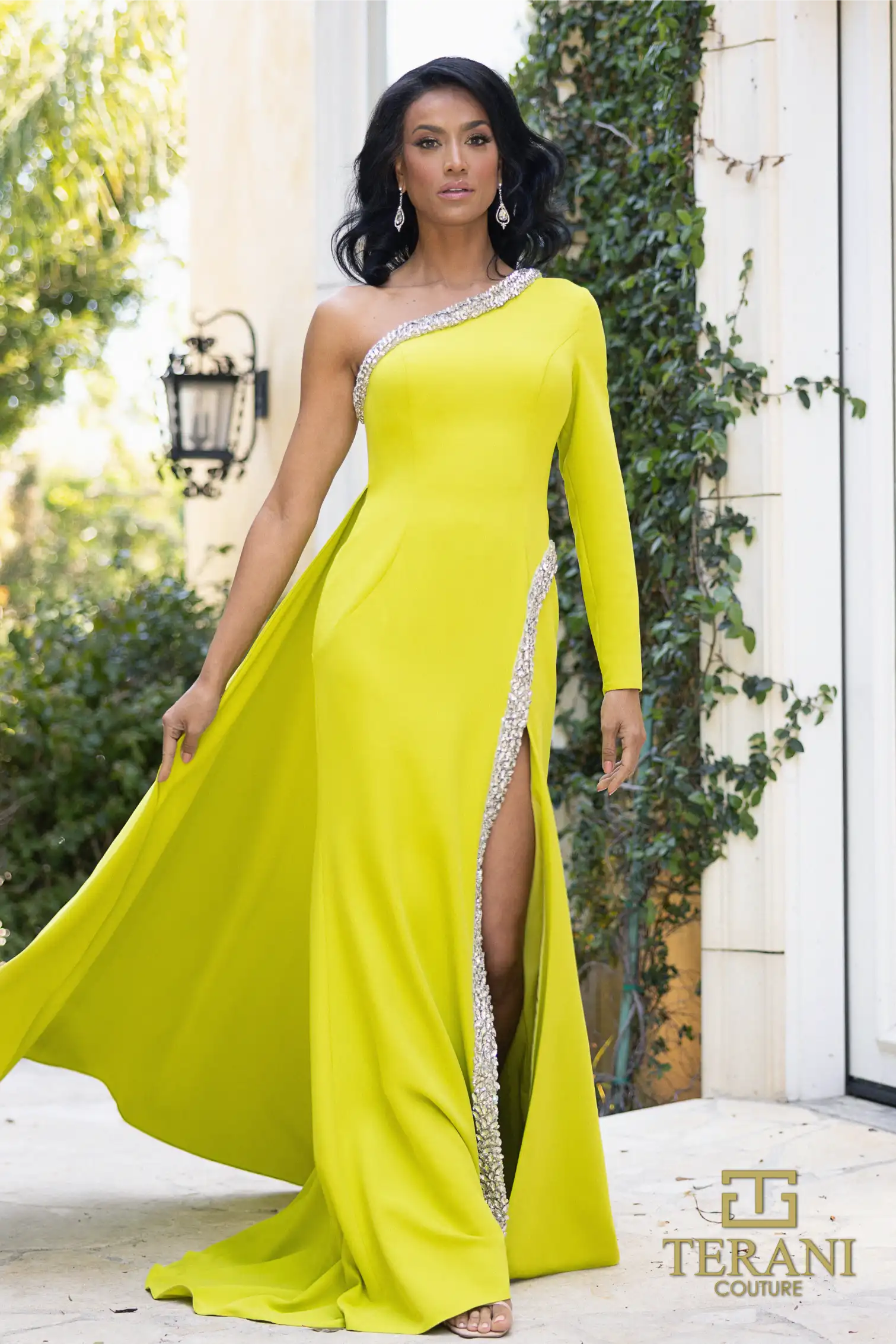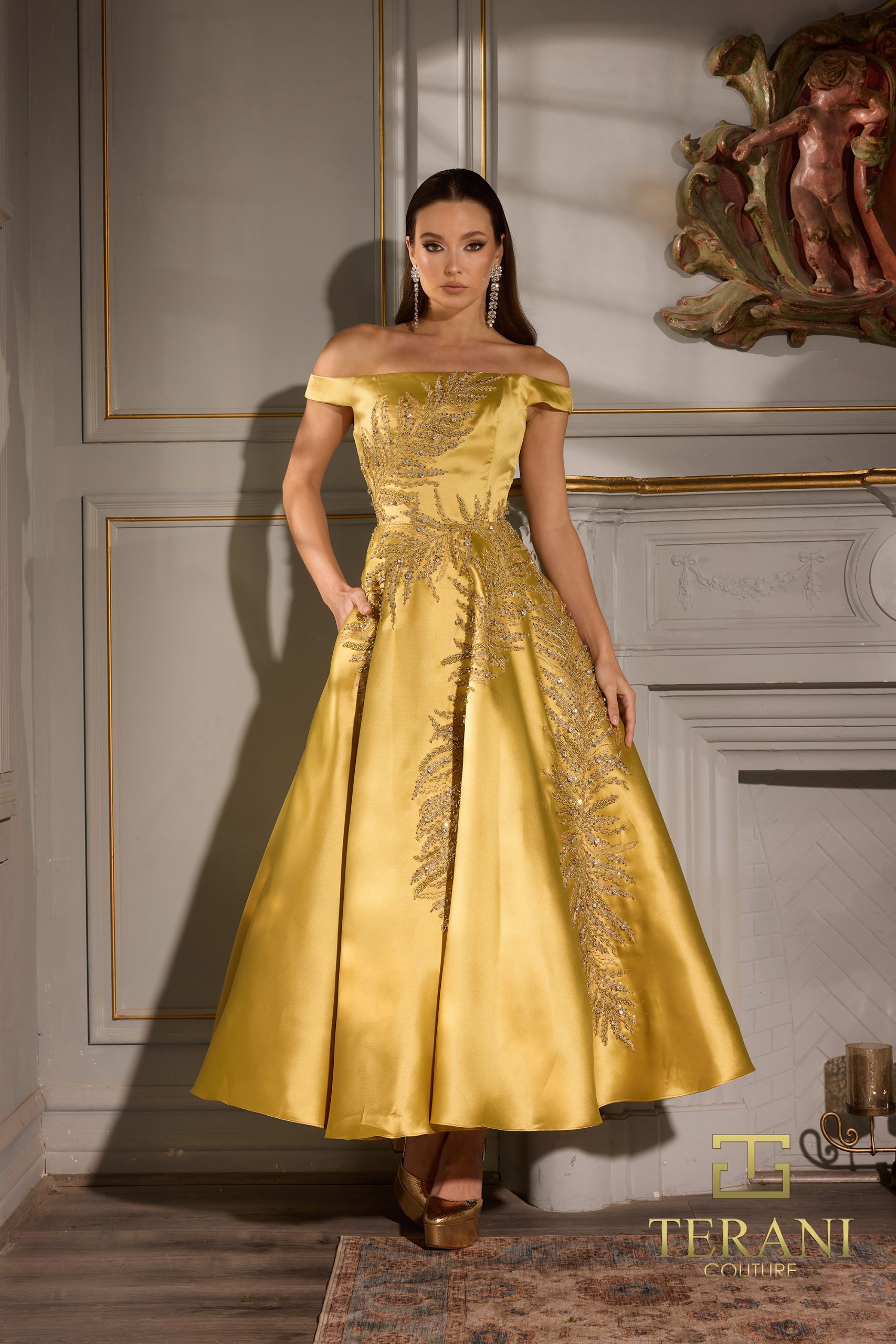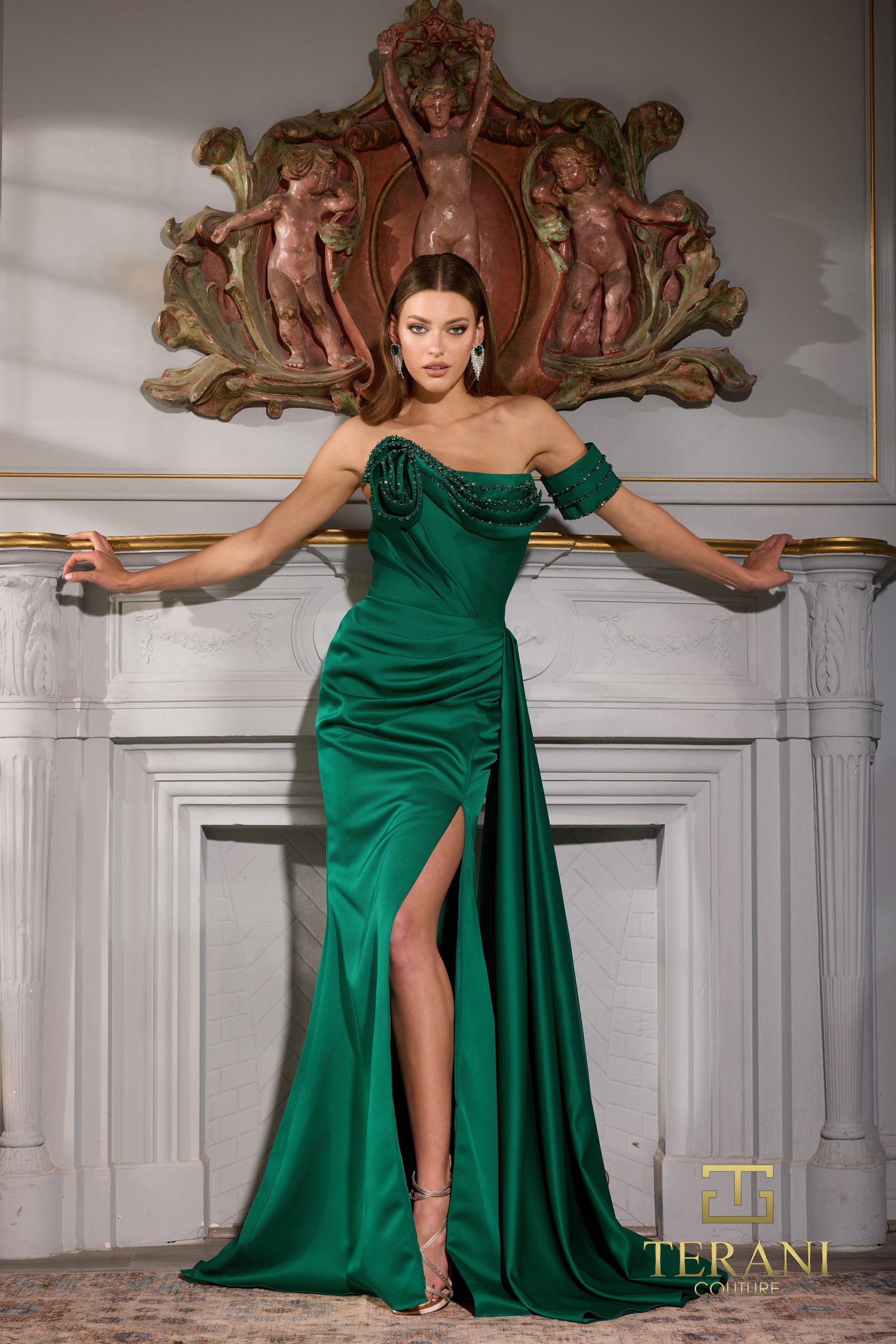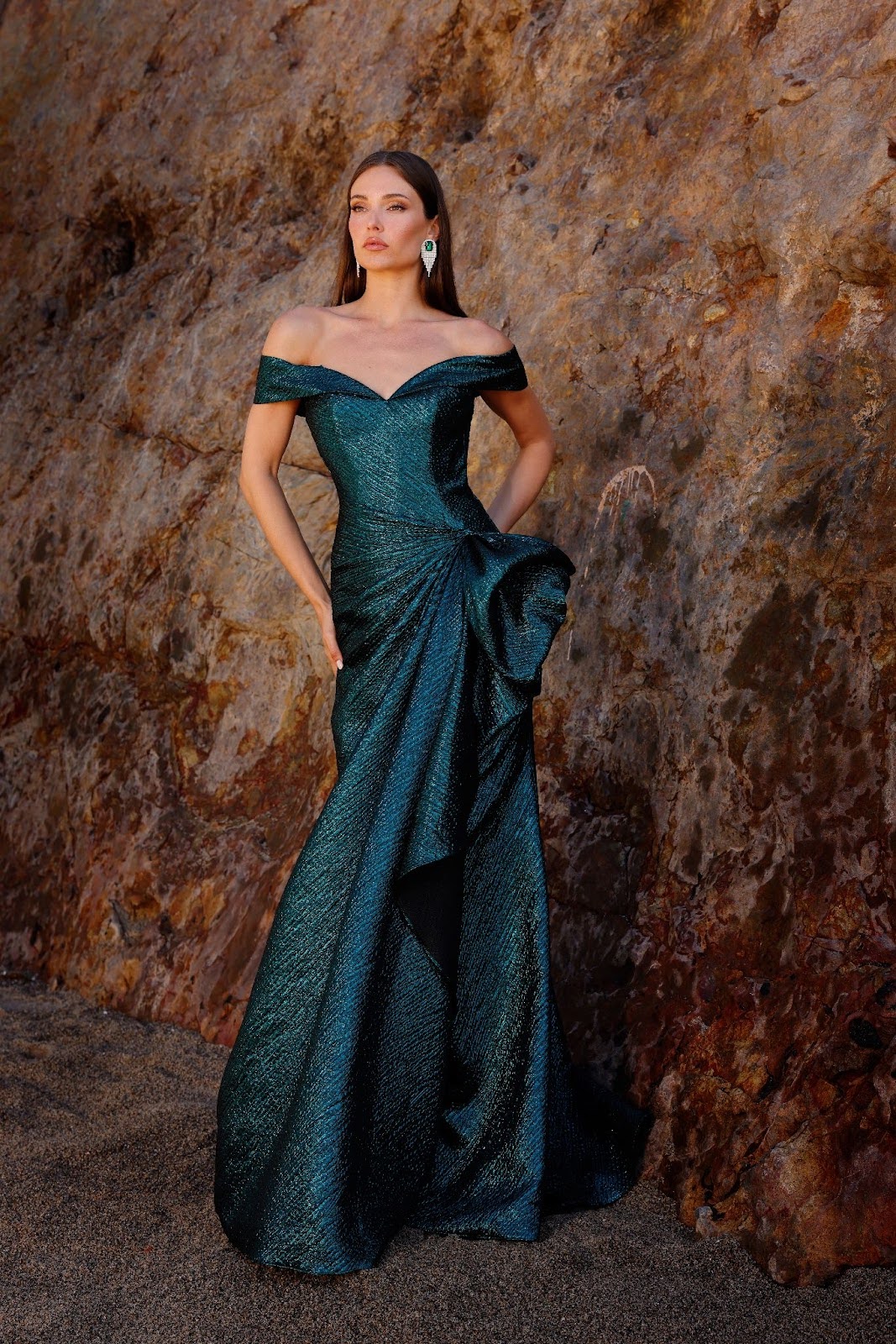Is your wedding coming soon, and you still haven’t decided on the perfect dress? It’s understandable to get confused when shopping for your big day—there’s so much to consider! However, knowing the best materials and how they’re worn will make the process easier.
Remember that all fabrics for wedding dresses are not created equal. Some people might argue that bridal wear isn’t seasonal. Still, just as you’d choose certain fabrics, colors, and patterns for spring, summer, fall, and winter for your everyday clothing, your wedding dress will also depend on many seasonal factors.
The rules are much more forgiving now than they used to be. Brides have many more choices for their ultimate wedding gowns than before. A cotton sundress will appear just as unnatural at a ballroom reception in autumn as a heavy silk dress will appear in summer. As the bride, you have complete control over what you wear, but it’s best to consider specific dressing rules when choosing a dress for your special day.
Fabric choices are usually rather personal, but the silhouette and style of your gown will dictate its direction. Certain fabrics, like Mikado silk, are better for creating structured designs like Mikado gowns. Others, such as chiffon and lace, are better for light, flowy looks. Constructed and modern fabrics have seen a rise in demand and have overtaken traditional dress materials such as satin.
So, let’s understand each popular fabric one by one!
Types Of Suitable Fabrics For Weddings
As we all know, there are multiple options available in the market for wedding gowns, but it’s important to choose the one according to the season and comfort. You must feel your best at your wedding; it’s your day, girl! Here are some of the popular fabrics and dress materials you can choose from:
Batiste
Batiste is a rather soft and lightweight fabric made from a plain weave. Its transparency makes it perfect for veils and dress overlays. Because of its sophistication and elegance, it’s the ideal option for spring and summer wedding dresses. The best method to wash the fabric is to use cold water and wash them by hand.
Brocade
Brocade is made from synthetic or silk fibers with raised designs (jacquard) woven into their fabric. It’s full of body, with a stiffer yet lighter material than satin. It’s an excellent choice for modern structured gowns in winter or fall, but it can be too heavy for the warmer months. Store brocade away from sources of heat, moisture, and direct sunlight. Use fabric covers with silica gel packets inside them to keep them dry.

Charmeuse
This wedding dress material is just as delicate and rich as its name suggests. It’s luxurious and elegant. It has a glossy sheen on one side and a dull, matte finish on the other. It’s usually made from silk, but you can also find synthetic alternatives.
The soft and gentle drape makes it an excellent choice for flowing dress styles cut around the bias. Slinky, soft, and sinuous fabrics are best for slim or narrow dresses with loose fits. This lightweight material is suitable for wear in any season but is a sexy staple for summer styling fashion. Remember that this material is particularly challenging to alter and tends to cling to the skin.

Chiffon
Chiffon is a very light fabric usually used in layers, as an accent, or as an overlay because of its transparent and sheer style. This matte wedding dress material is made from woven rayon or silk and has an ethereal and floaty vibe. Its weightless appearance helps designers create diaphanous silhouettes mimicking goddess styles.
However, the fabric tends to be fragile and can be pulled, frayed, or snagged quickly. Remember to avoid storing this fabric in plastic, as this creates a moist atmosphere ideal for bugs.

Crepe
Made from lightweight rayon or soft silk, crepe is a crinkled, gauzy material perfect for creating soft silhouettes. It’s a shapely fabric that can accentuate curves and is often used for minimalist designs such as bridal jumpsuits. A-line or mermaid dresses are a favorite among classical lovers.
Crepe fabrics usually need to be dry-cleaned. They may shrink if they are washed in a washing machine. When working with crepe fabric, remember that it is delicate and requires high care.

Damask
Damask resembles brocade because of its raised designs but is much lighter. The dull jacquard pattern is usually the same shade as the fabric itself, and the beautiful wedding dress material has a historical, traditional quality. It’s an excellent option for structured styles that rely on construction and can be worn around the year in more formal, fancier weddings.
If you are using the washing machine, it is a good idea to put the damask in a mesh laundry bag to avoid snags.
Dotted swiss
This muslin fabric, breathable and lightweight, has a dotted, evenly-dispersed motif across its length. It’s ideal for outdoor weddings because of its light and flowy quality. You’ll feel right at home wearing this material at a garden wedding. Iron on a low setting to avoid damaging the delicate fabric.
Dupioni
This slightly rough fabric has coarser fibers, giving it an organic, raw, and charming aesthetic. It’s a full-bodied silk that maintains its shape, making it the perfect choice for dramatic ball gown silhouettes. This material is suitable for wear in all seasons. Store Dupioni garments folded or hung on padded hangers to prevent creases and wrinkles.
Faille
This material is woven of rayon, cotton, or silk and has a ribbed, structured finish that gives the effect of a crosswire rib. Its sophisticated texture and substantial structure make it perfect for minimal and modern designs. While it’s possible to wear this sumptuous material comfortably throughout the year, its popularity usually increases around fall and winter. It is often machine washable, but check the care label for specific instructions.
Gazar
Gazar is woven from silk or wool and has a crisp, smooth look that resembles organza. It is extremely common in wedding wear and became even more popular after Kate Middleton debuted her wedding dress. The translucent yet stiff material holds a great shape and can be used in romantic, structured designs for full-skirted ball gowns throughout the year. Look for a gazar fabric that is neither too heavy nor too light. A medium-weight gazar is often the most versatile.
Georgette
Georgette is lightweight and sheer, made from silk or polyester and has a beautifully textured crepe surface. It features a soft silhouette, making it the topmost layer of a wedding gown. It’s floaty and feminine and is often used for creating flowy silhouettes with a lot of movement. Georgette is a popular wedding dress material in the warmer seasons. Depending on the weave and weight, it can be sheer or opaque. Opt for a heavier or lined georgette if you prefer a more modest look.
Lace
Lace is the most popular wedding dress fabric, and it comes in an extremely diverse range of embellishments, weights, textures, and patterns. It’s universally loved in almost every culture because of its romantic, feminine, and delicate nature. The material is extremely supple, which is great for creating a wide range of shapes and silhouettes.
This graceful material is available in many different styles, such as Venise (textured and heavy), Alençon (corded trim with bold motifs), and Chantilly (very open and detailed). Its unique versatility makes it a top choice for brides around the year.
Lace is delicate, so handle it carefully to avoid stretching or tearing. Avoid using bleach or fabric softeners, as these can damage the lace.

Mikado
Mikado is a heavy silk form with a beautiful, shiny finish. This wedding dress material has become immensely popular over the last few years because of its ability to be tailored to create sophisticated, architectural, and modern designs.
The thick fabric can be multi-seamed and molded to create perfectly fitted strapless ball gowns and narrow mermaid dresses. You can wear this material anytime throughout the year, but it might be best to wait for the weather to cool down because of its heavier weight. Mikado is a heavier fabric, so the garment is well-structured to support its weight without sagging.

Moire
Usually made from silk taffeta or polyester, this material resembles rippling water under the lights. It has a subtle design that looks like glittering waves. While it might appear light and airy because of its wavy texture, the material tends to be rather heavy, so it’s best to wear it in winter and fall. Moire fabric is typically delicate and should be dry-cleaned only. Avoid washing it in water, as it can damage the fabric’s structure and luster.
Organza
Organza is lightweight and sheer like chiffon but has a lot more structure, making it the perfect choice for a wedding. It’s usually made from silk, but you can also find more modern and affordable options made with synthetic fibers.
Organza has a crisp drape and a lustrous finish, often used to layer gowns and add a touch of fullness in trains, veils, and ballgowns without additional weight. It’s the perfect material for frothy, whimsical looks that make you feel like a princess. However, be careful while you wear organza since it’s incredibly delicate and prone to pulls and snags.

Pique
Pique is a knit fabric that has a waffle-weave appearance on the outside. While it’s on the heavier side of the wedding dress material spectrum, it has a preppy persona that helps designers create beautiful, crisp, and structured silhouettes in the summer and spring months. The material is relatively informal, perfect for more low-key wedding celebrations. Ensure the fabric has a tight, even weave with well-defined raised cords. A loose or uneven weave can affect durability and appearance.
Point d’esprit
This polyester net is sewn to create a beautiful diamond pattern that’s both feminine and elegant. It’s known for its high-quality texture, and the see-through material is often used to make veils. It can also be used as a dress overlay to create an airy, whimsical, or gothic look. Consider lining it for opacity and support if you’re using point d’esprit for garments.
Polyester
Synthetic and inexpensive, polyester is used for weaving into many different fabrics. Polyester satin is often a more affordable, robust, and wrinkle-resistant alternative to silk. You can wear the material around the year, but it’s best to stick to the cooler months since it isn’t very breathable. Polyester can accumulate static electricity, especially in dry climates. To minimize this issue, look for polyester fabrics treated with anti-static agents.
Rayon
This fabric is also similar to silk but is more affordable and elastic. It’s created from semi-synthetic threads, giving it a breathable and lightweight quality that’s perfect for wearing in the summer or any other time of the year. This fabric is great for constructed designs or draped styles. While the material is inexpensive compared to natural silk, it wrinkles rather easily. Also, prolonged exposure to sunlight can cause fading and weakening of the fibers.
Satin
Shiny, silky satin had been the top choice for most brides worldwide for decades. The hand, drape, and sheen of the satin create a beautiful look that’s perfect for a traditional wedding dress.
Satin is smooth, heavy, and constructed from a combination of nylon and silk fibers with a relatively high thread count. The term refers to the dress’s finish rather than the fabric itself—it can be made of silk, polyester, or a blend of both. Satin should hang smoothly and gracefully. A poor drape can indicate a lower-quality fabric. Unfortunately, the ripple and wrinkle factor is hard to avoid with satin silk.
Tulle
Tulle is characterized by its gauzy, sheer open weave, which looks like netting. It has an airy and breathable vibe but is often rushed to add extra texture. The material is extremely delicate and is usually used in the gown’s lining or as the veil. This fabric has become more popular with the rise of illusion dresses, invisible sleeves, cutouts, and most flattering necklines. Tulle can be delicate, so choose appropriate seam allowances and techniques. A narrow seam allowance or a French seam can help prevent fraying.

Get Your Dream Wedding Dress!
Selecting the suitable fabric for your wedding dress is an important decision affecting its appearance and feel. There are many different fabrics to choose from, each with unique qualities. When choosing a fabric, consider your style, body type, and the overall theme of your wedding. You should also consider how comfortable the fabric will be on your big day.
If you’re looking for a wedding dress that is both beautiful and high-quality, Terani Couture is a great option. Terani Couture uses only the finest fabrics and materials to create stunning gowns that make you feel like a princess. Terani Couture has the perfect dress for you! Explore our collection today!










